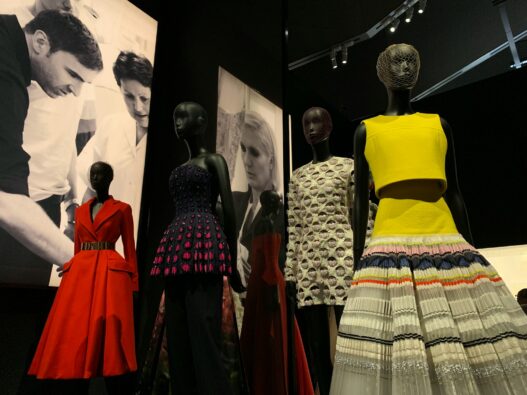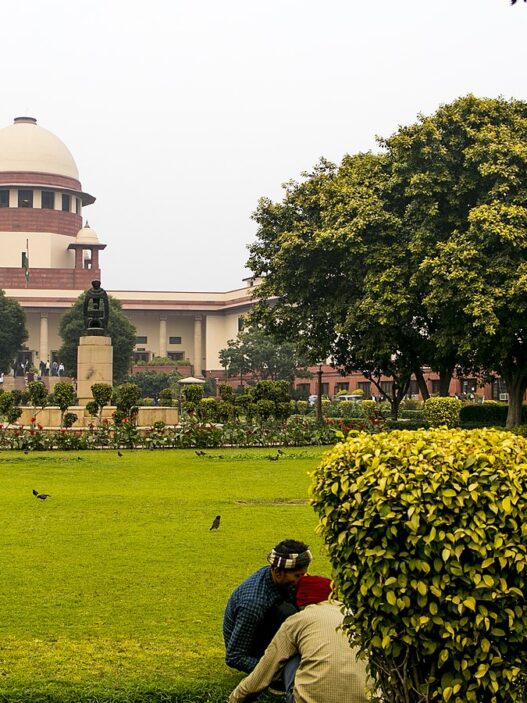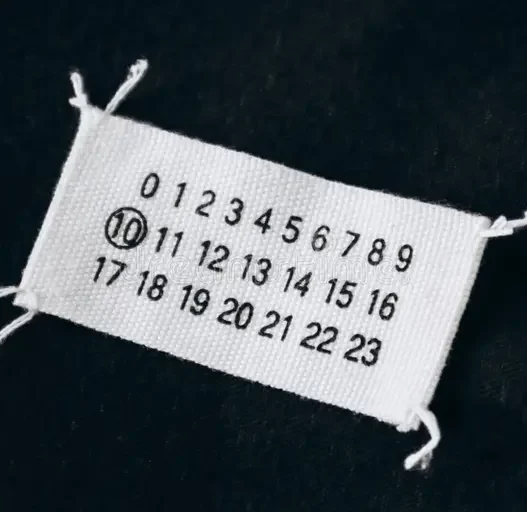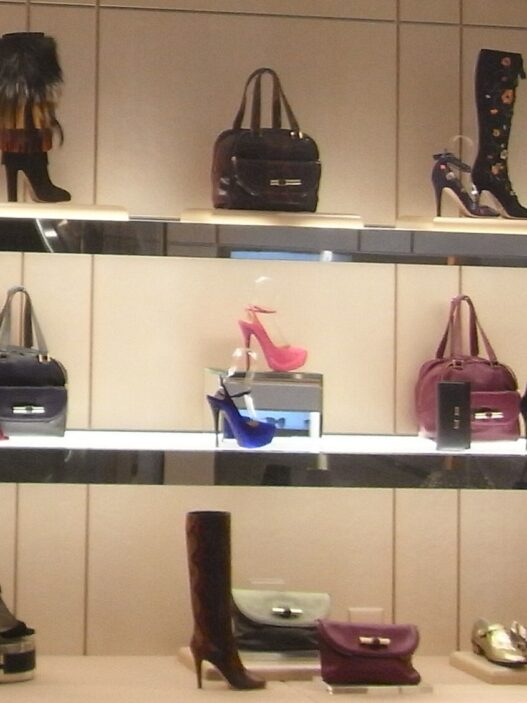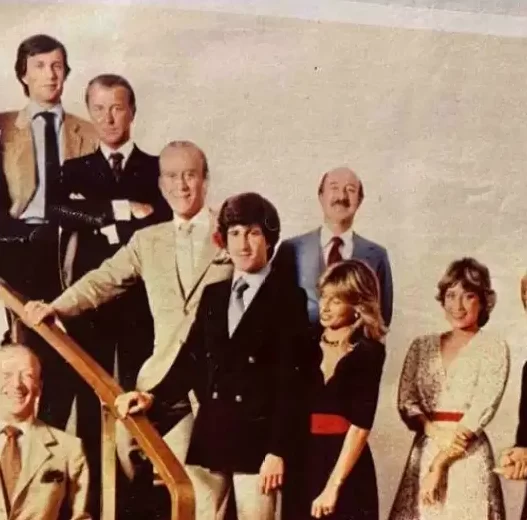Celebrities, models and designers are constantly in the spotlight. But when their image is used without consent, the legal implications can be significant. This is where the right of publicity comes into play, offering protection against unauthorized commercial exploitation of one’s identity. This legal doctrine protects an individual’s name, image, likeness, and other distinguishing characteristics from being exploited for commercial gain without permission, providing a means for legal action and potential relief.
Historically, identity appropriation cases in the 20th century were often brought by private individuals whose likenesses were used unlawfully in commercial advertisements. Over time, however, the focus has shifted. Now, public figures claim their right to control the commercial use of their persona, seeking compensation not just for the emotional harm caused by publicity but for the unauthorized use of their identity itself.[1]
The right of publicity is distinct from the right to privacy, though they share similarities. The right of publicity refers to the exclusive control over one’s name and likeness, and the privacy right, from unwelcome publicity.[2] The U.S. Supreme Court has recognized the right of publicity as a property interest, emphasizing its role in providing economic incentives for individuals to build and profit from the value of their identities, thus linking it to intellectual property. [3]
While public figures can try to stop others from using their names or images to sell products without permission, they generally cannot use the right of publicity to block their identity from being used in news reports or other matters of public interest. There is no federal law specifically addressing the right of publicity, so protections vary by state, with each jurisdiction having its own approach.
Currently, only thirty-three states acknowledge the right of publicity, either through statute or common law, with twenty-one of those states recognizing it under common law. Additionally, some states have implemented privacy laws that include protections for the right of publicity.[4]
The right of publicity also overlaps with trademark law when a person’s identity is used in a way that might mislead consumers. Because of this, many celebrities choose to register trademarks related to their names or images, which allows them to control how their likeness is used in commercial settings. Under the Lanham Act, a person’s name or likeness can qualify as a trademark if it identifies the source of certain goods or services.[5] Many celebrities and artists have utilized this system, registering trademarks to manage how their identities are used commercially.[6]
This is particularly significant in the fashion industry, where models and celebrities play a central role, earning a substantial portion of their income from endorsement deals with fashion brands. These companies seek to partner with influential figures to gain a competitive advantage in the market. However, models and celebrities are often not adequately compensated for the commercial use of their likeness. With the rise of social media in the 21st century, new complexities have emerged in the right of publicity law.
The right of publicity is a crucial issue in the fashion and retail industry, particularly for models, celebrities, and designers who believe their likeness is being used by brands without their permission. The legal consequences of such unauthorized use can result in litigation. As a result, companies must secure explicit permission before using anyone’s likeness in promotions, apparel, or advertisements.
It is advisable for fashion companies and brands to obtain the right of publicity for all individuals featured in any media, even if they aren’t celebrities. However, participation in an event may sometimes be construed as implied consent for using a person’s image in promotional campaigns, though this can vary by state.
For fashion designers, the right of publicity offers a means to protect their persona from exploitation. Even if their image isn’t directly used, elements of their identity or unique attributes may still be incorporated into designs or celebrity collaborations. While the concept of publicity rights in fashion design is still developing, designers can argue that their creations are intrinsically linked to their identity. Fashion brands must be cautious when marketing products that may appropriate the work or identity of renowned designers, as this could infringe upon their professional reputation and rights.[7]
Legal Consequences of Unauthorized Publicity:
In the fashion industry, when a brand or company uses a model, celebrity, or designer’s likeness without permission, it can lead to a violation of this right, which is often addressed through a cease-and-desist letter. This letter demands that the infringing party stop using the individual’s identity and may serve as a preliminary step before further legal action is taken. The violation of the right of publicity is considered a tort.[8]
If the issue is not resolved through a cease-and-desist letter, the unauthorized use of someone else’s identity for commercial gain can lead to significant legal consequences, primarily in the form of injunctive relief and monetary damages. Injunctive relief is a court order requiring the infringing party to cease the harmful conduct. Courts weigh factors such as the nature and seriousness of the appropriation, as well as the fairness and effectiveness of the injunction in addressing the harm caused.
Monetary compensation may also be awarded, depending on factors like how clearly the plaintiff can show financial loss or the defendant’s profits, the extent of the misuse, whether the defendant acted knowingly, and any delays or misconduct by the plaintiff. These remedies aim to protect individuals’ rights to control the commercial use of their identity and prevent unfair exploitation.[9]
Recommendations For Protecting Right Of Publicity In The Fashion Industry
- Publicity Agreements
Fashion companies must secure written consent from models, celebrities, or any individuals whose name, likeness, or persona will be used in advertising, marketing, or product designs.[10] Clear agreements outlining the scope and duration of use help manage expectations and prevent misunderstandings.
- Register Trademarks
Trademark registration provides a formal means to control how their image is used commercially and helps prevent unauthorized exploitation.
- Education and Awareness
Educate employees, advertisers, and collaborators about the right of publicity and the potential consequences of using someone’s likeness without permission.
- Avoid Unauthorized use in Social Media
Fashion companies must be cautious when using individuals’ images on social media platforms. Unauthorized use can quickly go viral and result in legal disputes, so it’s crucial to obtain proper consent before publishing content involving public figures.
- Seek Legal Counsel
To ensure compliance with right of publicity laws, fashion companies should consult with intellectual property attorneys or experts before launching campaigns involving public figures.
- Address Global Considerations
Fashion brands with global operations must consider how the right of publicity is recognized and enforced in different countries.
As a result, the right to publicity is essential for protecting individuals’ names from unwanted commercial usage, in particular areas such as fashion. It enables individuals, such as models, celebrities, and designers, to decide how their likeness is utilized and seek remedies in court when their rights are made use of. Fashion companies must be careful to obtain necessary consent, register trademarks, and comprehend the legal ramifications of utilizing someone’s name. By spreading awareness and adopting proactive efforts to secure publicity rights, companies may prevent exploitation and limit legal risks, ensuring a fair balance between creativity and personal identity protection
References:
[1] James Q. Whitman, The Two Western Cultures of Privacy: Dignity Versus Liberty, 113 YALE L.J. 1151 (2004).
[2] Melville B. Nimmer, The Right of Publicity, 19 L. & CONTEMP. PROBS. 203 (1954).
[3] Zacchinni v. Scripps-Howard Broad. Co., 433 US 562, 576 (1977); Matthews v. Wozencraft, 15 F.3d 432, 437 (5th Cir.1994)
[4] Jennifer E. Rothman, Rothman’s Road Map to the Right of Publicity (2018), https://rightofpublicityroadmap.com.
[5] 15 USC § 1125
[6] Muzamil Huq & Morgan Mitruka, Trademarks and the Right of Publicity, BLOOMBERG L. (Nov. 2023), https://www.bloomberglaw.com/external/document/X42ALVPC000000/trademarks-professional-perspective-trademarks-and-the-right-of-.
[7] Howard S. Hogan & Jennifer Bellah Maguire, Fashion Law and Business: Brands & Retailers 18–21 (2d ed. 2019).
[8] Samuel D. Warren & Louis D. Brandeis, The Right to Privacy, 4 Harv. L. Rev. 193 (1890).
[9] Restatement (Third) Of Unfair Competition § 48-49 (Am. Law Inst. 1995).
[10] Rashanda Bruce, @Handle It With #Care: Right of Publicity Tips for Companies Who Market Online, FOX ROTHSCHILD LLP (July 21, 2017), https://www.foxrothschild.com/ (accessed Apr. 22, 2025).







